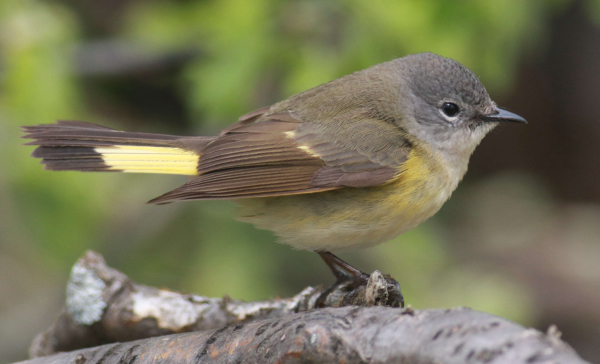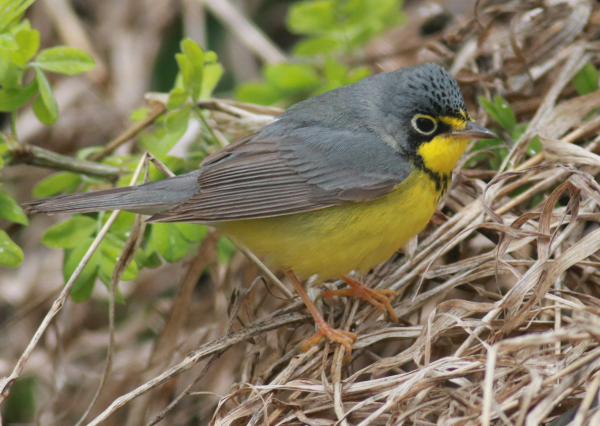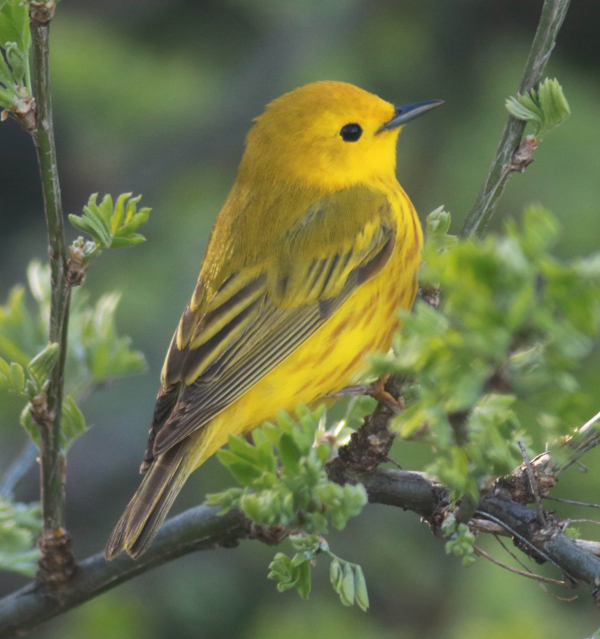This article is as much for me as it is for you – it’s one of the things I need to address as soon as possible, but it’s also a worthy practice to share with you, so here goes: Taking photographs of birds is fun, challenging, rewarding, sometimes disappointing, but always worthy of our time and efforts. To be a good photographer you also need to be organized, and get your photo files in order. An annual plan is good, as long as you have kept up with your photo editing and photo filing after each photo session. However, who among us can raise their hand to acknowledge that’s the case?

Review – I’m always pretty close to being up to date, but at the end of each year I always make the time to go back through my photo files for a “quick review” to tighten things up the way they really should be rather than leaving a few things undone. Don’t put it off any longer; doing a final review of 2019 photos can be fulfilling, help you recall enjoyable days afield, and when you’re done you will have a real sense of accomplishment.
At the top of my list is to find a few gems that I overlooked or kind of forgot about; or maybe I just didn’t take the time to do a proper review that day or week. Sometimes I get excited about a photo or a couple photos I’ve taken during a given photo session, but overlook a gem or two that would stand out any other day – and hopefully the review reclaims these sleepers for editing.
Edit – When you find a photo worthy of elevating to the “keeper” files, give it a proper edit. Photo editing in the digital camera world means using photo editing software on your computer. I prefer to do light editing to preserve the original qualities of the photo. That primarily means cropping the photo, which enlarges the bird’s image. Sometimes, if needed, I sharpen or brighten a photo, but if you are doing things right in the field, you shouldn’t need to make many changes to photos.
An important part of editing is naming the image, which everyone does a little differently as per their preferences. First though, it’s good to keep the original photo in your file so you can always refer back to it and, if necessary, make another edited version. Keep the original photo in its original file with its original numeral designation that was assigned automatically by your camera. Before editing the image, open the original photo in your software, then rename the file before editing it and save that copy with a new name. For the record, I name my photos in the following fashion: Songbirds – Common Yellowthroat male ND 5-19. In other words, I add the bird group, the species name, its sex, its activity, the state, and the month-year.

Delete – During the review process, I delete all worthless photos. Essentially all blurry or out of focus images, photos of flying birds with the wings in weird positions; some with serious shadow or lighting problems, some specs in the distance. Overall, I try to keep as many photos as possible, partly as a photographic “history” of my birding trips or of the different birds I photographed on a good day. But what you keep and what you delete is totally up to you and your personal tastes and interests. When I started editing digital photos, I only kept the photos that were worthy of editing, and didn’t keep the original image. I soon found that option left me wondering about the context of the photo and other relevant information; and I no longer have an original photo to re-edit under different circumstances for different reasons – so I adjusted my deleting and filing behavior.
File – I’ve shared the way I file my photographs before, but to keep this article complete, I’ll just share that I divide each year into four “seasons” made up of three months each. Winter is January through March, spring is April through June, etc. Then within each season, I use file names that include the dates that photos are downloaded, such as January 1-15, January 16 to 31, etc. Then I add short descriptions of the main birds photographed, not necessarily using the full species names.

Just Do It – Having shared the above information, we get down to the real crux of this effort, which is to go through each file, and review photo after photo with relative quickness; stopping when you want to delete a blurry photo, copy a photo for editing or write down the photo number for future editing. Before you know it you’ve made your way through the first file, then the first month, and soon you’re through one of four seasons of photos. If you’ve kept up with your photo editing after each photo session, the review process shouldn’t take too long and it should be fulfilling, especially on a rainy dreary day, when it can be a nice escape.
Copy – Finally, double-check that you have copied your 2019 year of photos with your other years of photo files into a second drive – an external hard drive that you can keep in a location separate from the first – a fireproof safe or safety deposit box is a good idea. I also like to copy a group of the best photos I take during a given trip, season, or year into a “Best of” file, and you can do this for any group of photos you wish to stand out, such as “Best of Ohio,” or your favorite photos taken within a given year, such as a “Best of 2019” collection.
So on the next rainy day when you wish you could be photographing birds, consider giving your photos a once-over review, do a little updating, copying, even some editing. It’s all part of the bird photography process – an enjoyable part – that makes your photo files all the more valuable and easy to use.
Article and photos by Paul Konrad
Share your bird photographs and birding experiences at editorstbw2@gmail.com